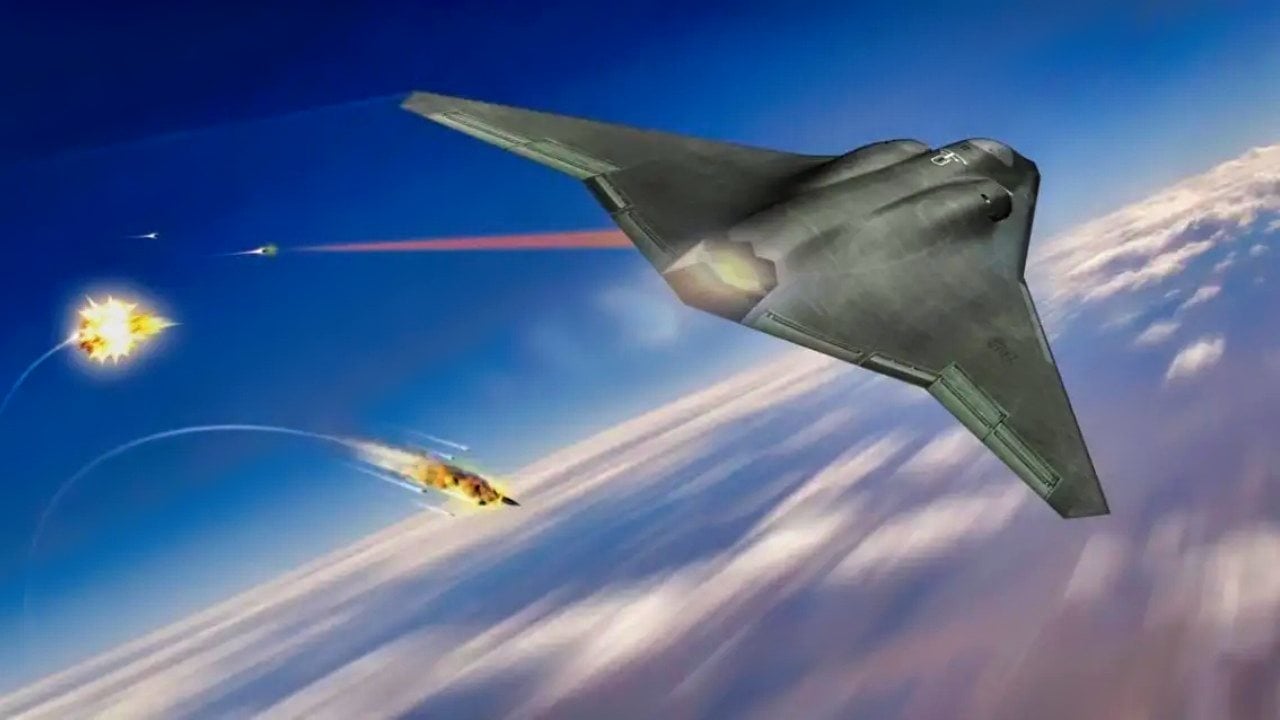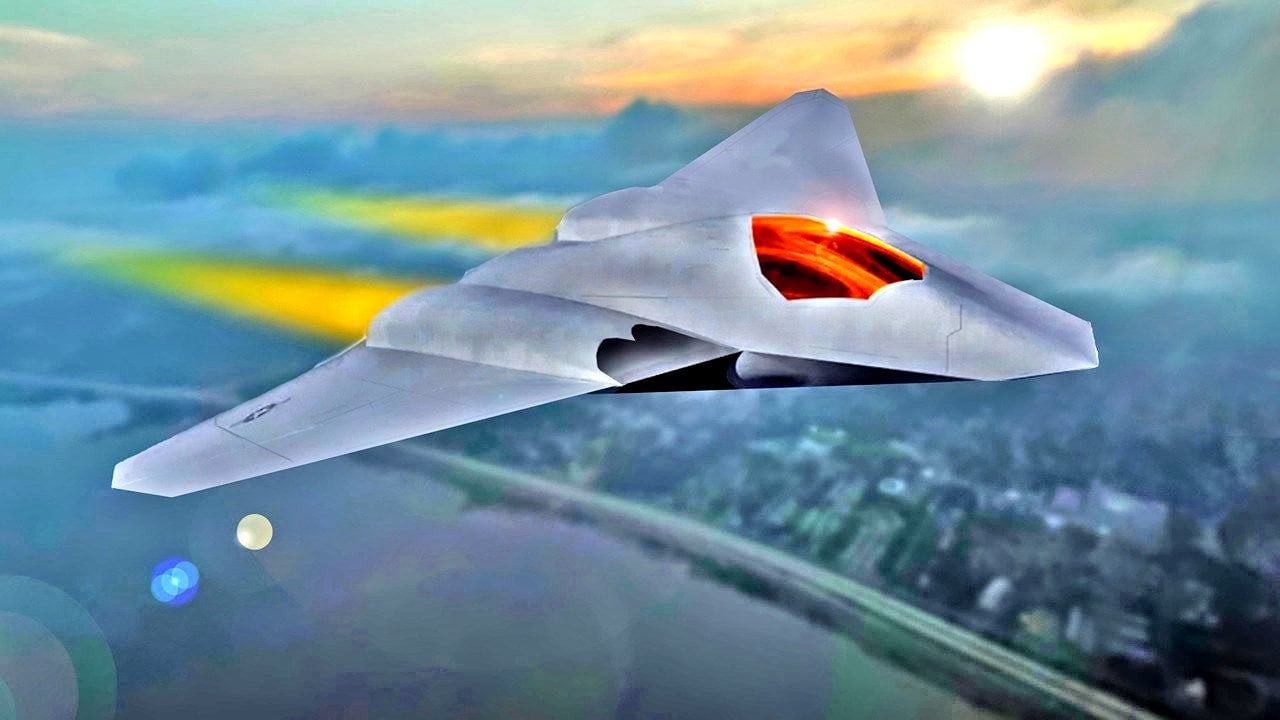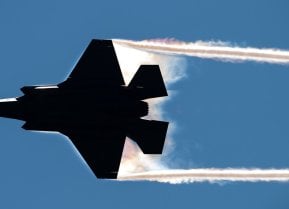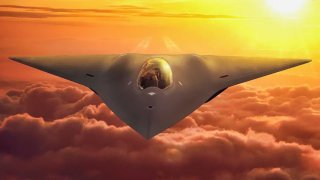$300,000,000 Fighter Just Too Expensive: Is the Air Force's NGAD Program In Trouble?
The U.S. Air Force is advancing its Next Generation Air Dominance (NGAD) program to maintain aerial superiority, intending to replace the F-22 Raptor with a more advanced sixth-generation fighter. Despite progress, Air Force Secretary Frank Kendall has highlighted the need to reduce costs to ensure timely deployment. Some experts estimate the NGAD fighter could cost $300 Million per plane.
Summary and Key Points: The U.S. Air Force is advancing its Next Generation Air Dominance (NGAD) program to maintain aerial superiority, intending to replace the F-22 Raptor with a more advanced sixth-generation fighter. Despite progress, Air Force Secretary Frank Kendall has highlighted the need to reduce costs to ensure timely deployment. Some experts estimate the NGAD fighter could cost $300 Million per plane.

-Options include using a less expensive engine without compromising performance. The NGAD program, originating from DARPA's 2014 Air Dominance Study, features advanced technologies in propulsion, weaponry, and stealth.
-A unique component is the inclusion of 1,000 advanced unmanned aerial vehicles (UAVs), known as Collaborative Combat Aircraft, designed to fly alongside the manned fighter. These UAVs are expected to be less costly and can serve various roles, including electronic warfare and as decoys.
-Balancing cost and capability is crucial as the Air Force concurrently develops the B-21 Raider stealth bomber. The NGAD’s success hinges on managing expenses while integrating cutting-edge technologies.
US Air Force's NGAD Program Faces Cost-Cutting Measures: What You Need to Know
The U.S. Air Force is turning to the Next Generation Air Dominance (NGAD) program in its bid to maintain aerial dominance. The program is described as a “family of systems” and is meant to replace the F-22 Raptor once introduced.
While progress on NGAD has been made, Air Force Secretary Frank Kendall recently said the service needs to cut costs in order to get the platform in the air in a timely manner.
According to Kendall, “The family of systems concept of Next Generation Air Dominance is alive and well. I can tell you that we are looking at the NGAD platform design concept to see if it’s the right concept or not. … We’re looking at whether we can do something that’s less expensive and do some trade-offs there.”
Specifically, the Secretary is referring to switching out the fighter’s planned engine with a cheaper and more simplified version. The sixth-generation fighter is expected to possess a wide range of advanced capabilities, though details remain unknown to the public.
An Overview of NGAD
The NGAD program derived from DARPA’s Air Dominance Study in 2014. The sixth-generation fighter is being designed for emerging technologies in various spheres, including propulsion, advanced weapons, and stealth.
Perhaps NGAD’s most unique component will be the inclusion of advanced unmanned aerial vehicles. Dubbed Collaborative Combat Aircraft, highly autonomous drones will fly alongside the sixth-generation jet as “remotely controlled versions” of electronic warfare or targeting pods, as previously detailed by Kendall.
The service will develop at least 1,000 of these drones in an effort to create mass with an abundance of less expensive UAVs. As explained by Kendall, “The expectation is that these (unmanned) aircraft can be designed to be less survivable and less capable, but still bring an awful lot to the fight in a mixture that the enemy has a very hard time sorting out and dealing with.” He adds, “You can even intentionally sacrifice some of them to draw fire, if you will, to make the enemy expose himself.”
How the Service Plans to Cut Costs
While the relatively low cost of these drones will bring down the overall cost of the NGAD program, this family of systems is still greatly expensive. The Air Force is simultaneously working to push out its sixth-generation stealth bomber program – the B-21 Raider – so cutting costs where possible is essential. Initially, the Air Force planned to incorporate engines that represent a big technological leap forward. Manufacturers Pratt & Whitney and General Electric have created their own versions of an adaptive engine prototype to fulfill this requirement. It is unclear how these engineers will be able to minimize the costs associated with these engines without compromising their sophistication.

About the Author: Maya Carlin, Defense Expert
Maya Carlin, National Security Writer with The National Interest, is an analyst with the Center for Security Policy and a former Anna Sobol Levy Fellow at IDC Herzliya in Israel. She has by-lines in many publications, including The National Interest, Jerusalem Post, and Times of Israel. You can follow her on Twitter: @MayaCarlin.


